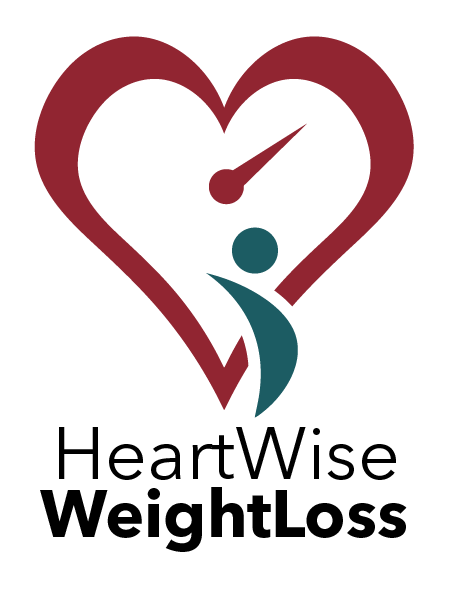One of the questions I hear most often from patients is: “What sort of exercise should I be doing?” It’s a great question—and one I could spend hours discussing because there are so many factors to consider. But let me start by outlining a few core principles. Above all, the most important thing is this: choose an activity you enjoy—or at the very least, one you feel neutral about but are willing to do because of the benefits. Forcing yourself to stick with something you actively dislike is a recipe for failure. Long-term habits only work when they’re sustainable, and finding something you can genuinely keep up with is priority number one.
When it comes to the science, the case for weight and resistance training is getting stronger by the year (pun very much intended!). If you’re not currently doing anything in this area, don’t worry—you don’t need to be a gym enthusiast to reap the rewards. There are countless ways to build strength without stepping inside a gym. Traditionally, gyms have tended to be full of men lifting weights, while women gravitate towards cardio machines—but that really needs to change.
Why? Because the evidence is clear. For women, particularly during the peri-menopausal years (roughly ages 40–50), oestrogen levels begin to fall. Oestrogen is a key hormone for muscle strength, and since we all start losing muscle from our mid-30s anyway, the drop in oestrogen only accelerates that decline. Strength training helps to combat this—but it’s heavy lifting that makes the real difference.
What counts as heavy lifting? Think about any exercise you can do with added weight (and that could be anything from a tin of beans for someone in their 80s, to a 30kg dumbbell for a younger athlete). Now imagine that weight is heavy enough that you can do no more than 10 good-quality repetitions. Stopping at around 8 reps—what trainers call “leaving two reps in reserve”—is a great target. This gives your muscles a proper stimulus to adapt and strengthen. Compare that with doing 20 reps with a very light weight—far less effective!
Please don’t think this advice is only for bodybuilders or fitness fanatics. The vast majority of people can do this, and the benefits are enormous.
Last week I talked about nutrition and its timing around exercise, but let’s dig a little deeper. For most women, I suggest around 15g of good-quality protein before a strength session. After your workout, your oxygen consumption stays higher for a while, which helps with recovery. If you’re doing cardio, I’d recommend adding around 30g of carbohydrate too. That’s not much, but it makes a big difference. Importantly, those carbs aren’t there to fuel the workout—they’re there to send a signal to the brain. Without them, the hypothalamus can trigger a catabolic response (breaking down tissue), and the first thing your body breaks down is lean muscle—the very thing you want to protect!
What about after exercise? For women aged 20–40, I recommend around 35g of high-quality protein (ideally rich in leucine) within 45 minutes. For older women, increase this to 40–60g, because as we age, the body becomes less responsive to food and exercise.
Metabolism also behaves differently in men and women after exercise. Women typically return to baseline within an hour, whereas for men it can take up to three hours—so women need to eat protein sooner after their workout.
Carbohydrate replenishment is another difference. Men deplete their glycogen (stored energy in the muscles and liver) more quickly and need to replace it fast—I know from experience that if I don’t eat carbs quickly after a workout, I start to feel awful. Women don’t need quite the same urgency, but I’d still suggest around 0.3g of carbohydrate per kg of body weight within two hours. Real food is best here—not just supplements—because it comes with additional electrolytes and nutrients to aid recovery.
I hope you’ve found this useful, but more importantly, I hope you consider how to put some of this advice into practice for yourself or someone you care about. Strength training has huge benefits—not just for fitness, but for mental health, healthy ageing, and reducing the risk of serious conditions such as dementia, heart disease, stroke, diabetes and even cancer. Done properly, with the right nutrition, it’s an incredibly powerful tool—and I’d love to encourage you to give it a try.

